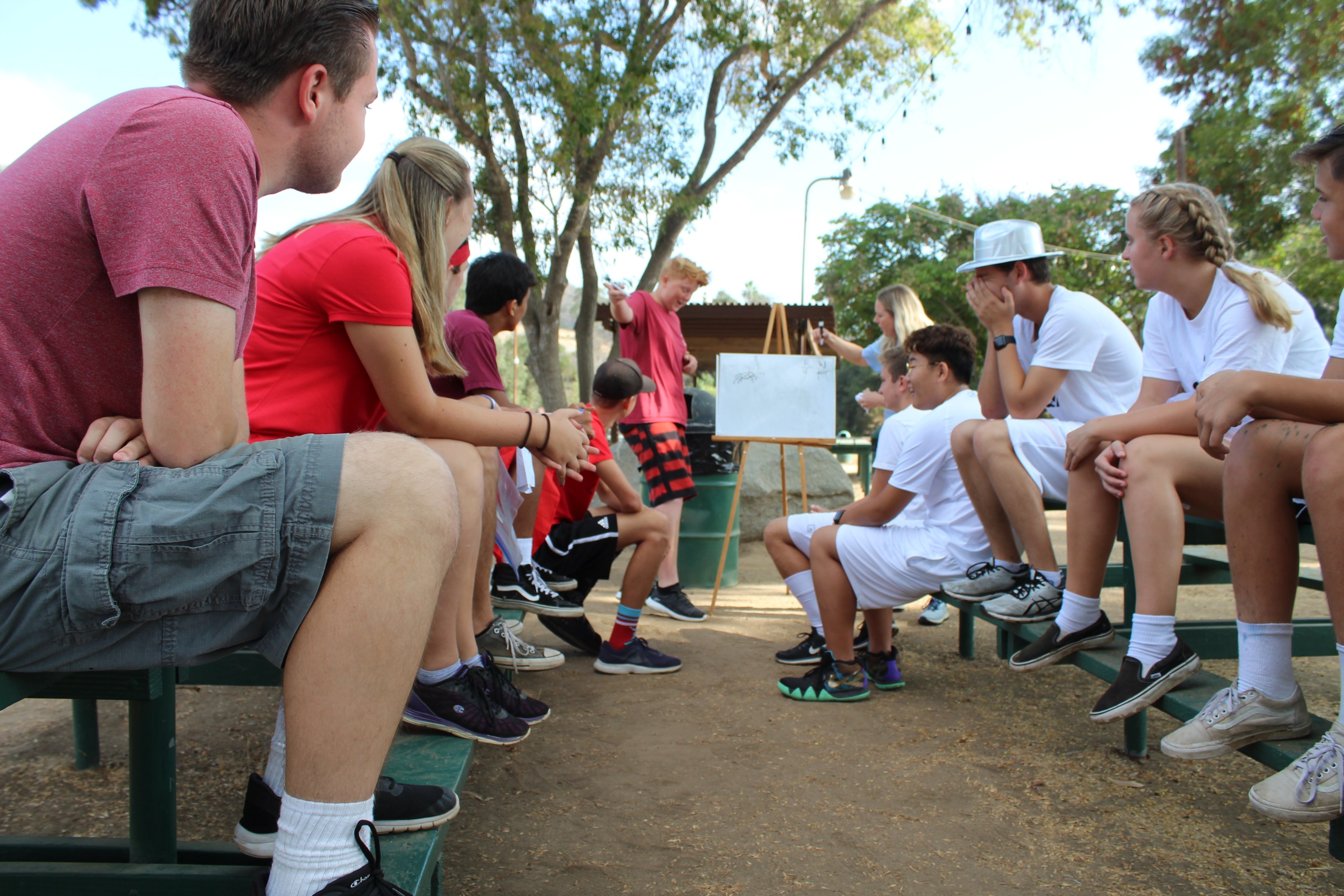We’re sharing a post from EducationDive.com, an educational news website, on G.R.I.T. – Growth, Resilience, Instinct, and Tenacity. It’s a great read!
—-
College is more than just lectures, homework, and reading — it’s a worthy path that can be strewn with struggles. Every student experiences some combination of rigorous academics, relational breakups, family issues, health concerns, roommate drama, financial stress, external pressures, and existential angst while pursuing a college degree.
These tough times are key opportunities to help students effectively harness their GRIT™ — Growth, Resilience, Instinct, and Tenacity. Rather than offering them sympathetic advice like, “It could be so much worse,” direct them with GRIT questions. Ask them to dig deeper so they can achieve their goals, even in the midst of struggles.

G – Growth
The propensity to seek out fresh ideas, input, and advice to enhance one’s progress toward one’s long term, difficult goals
Growth is about going after your goals and finding out what you need to know to get there better and faster. It shifts a student from being a passenger to being the driver at the helm of their journey.
- What new resources can you tap into to get some clarity and support around your goal?
- Whom can you talk to, both inside and outside of school, to offer you the best wisdom on this issue?
- Do you notice that as you keep attempting to achieve your goal, the effort seems to be making you stronger and allows you to imagine new strategies to get where you want?
R – Resilience
One’s capacity to not just overcome or cope with, but to make constructive use of, adversity
Adversity is on the rise everywhere, and resilience truly matters. While support and resources are external, resilience is internal. Resilience is about harnessing adversity as fuel to overcome difficult obstacles, and there’s no better place for students to learn this than in higher education.
- What facets of this situation can you influence and which one(s) matter most to you?
- How can you step up to make the most immediate, positive difference in this situation?
- How can you use your experience of struggling against this adversity on your next attempt to reach your goal?
I – Instinct
One’s propensity to pursue the best goals in the most effective ways
Lack of instinct is one of the most potent contributors to student failure. The vast majority of students waste tremendous energy, time, and effort pursuing less than ideal goals in less than optimal ways. Make it a priority to ask:
- What adjustment(s) can you make to your goal to have it be even more compelling and clear for you?
- As you think about your goal (e.g., graduation), in what ways might you be wasting your precious time, energy, and effort? If you could do less of one thing and more of another, what would that look like?
T—Tenacity
The sheer relentlessness with which one pursues one’s most important, long-term, difficult goals
This is the traditional definition of basic grit. But the reality is that more tenacity is not always a good thing — there’s good vs. bad GRIT, and effective vs. ineffective GRIT. The more students master how to funnel the right kind of tenacity and overall GRIT toward their most worthy goals, the more likely they are to thrive and succeed.
- If you utterly refused to quit and were to give this goal your best-ever effort, how would you attack it even better this time?
- How can you re-engage toward and go after your goal in a way that is most beneficial to those around you?
- If your life depended on you sticking to and achieving this goal, what steps would you take now that you’ve not yet taken?
How do we equip students to stay on path, no matter what occurs — from natural disasters to simple, everyday adversity? Growth, Resilience, Instinct, and Tenacity spell more than GRIT. These actionable facets of GRIT give students a sense of ownership for learning, making important decisions, and contributing something of value to their own lives and society.
About the author
Paul G. Stoltz, Ph.D., is considered the world’s foremost authority on the science and method of measuring and strengthening GRIT. His methods and teachings are used at Harvard, MIT, Cornell, Stanford, Carnegie Mellon, and by top organizations in 63 countries. He’s been featured in the world’s top media, including Fortune, Forbes, Business Week, The Wall Street Journal, NBC, The Today Show, and The Oprah Show.



